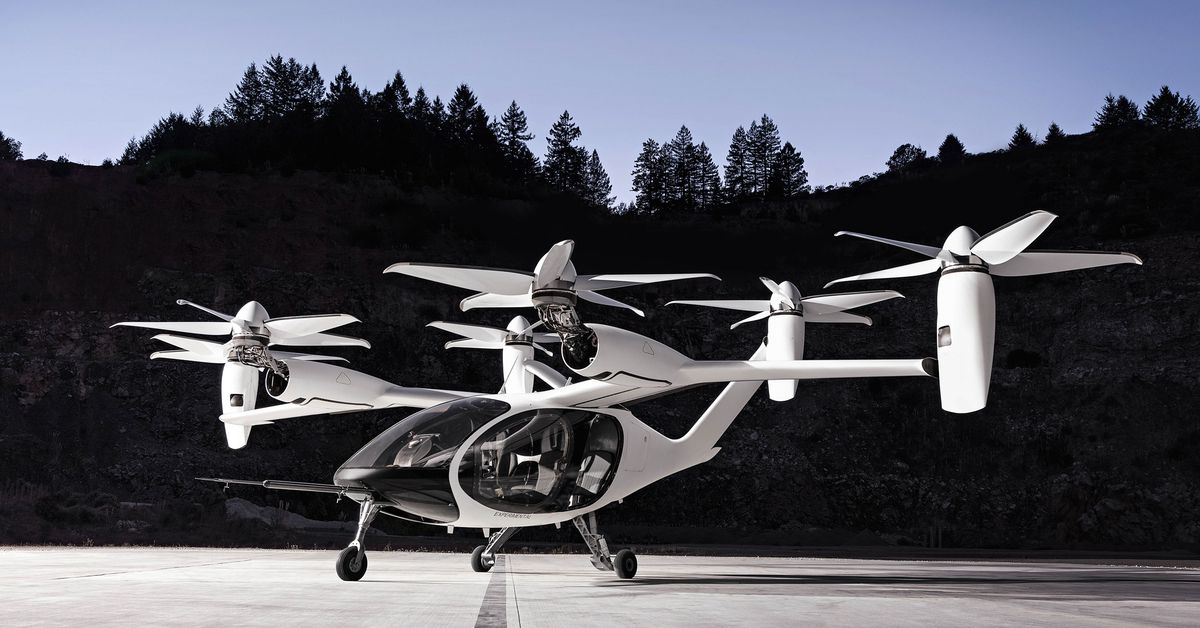- Joined
- Mar 25, 2013
- Messages
- 4,617

Watch Joby Aviation’s electric air taxi complete a 150-mile flight
It is among the longest flights by an electric aircraft.
Robert

The problem with ultra light machines is they fall like a rock. IMHOultra lights that have really piqued my interest
I've had two "unscheduled landings" in ultralights.The problem with ultra light machines is they fall like a rock. IMHO
I know two guys that are no longer with us due to the engines quitting on their ultra lights.
Sad really.
Please forgive me as I know not of what I speak.I've had two "unscheduled landings" in ultralights.
It is exactly that, you're right.I guess it’s all in the definition.
Everything that flies can "glide in". Doesn't mean you can survive the spot you land (rocks, stumps, water, powerlines, etc) but the aircraft will glide to get you there. Ultralight, 747, fighter, they all have a 'glide'. Even a helicopter can glide in its own pathetic way. Some are very steep, maybe what people would say like a rock. Most fighter planes are really bad at gliding. But they have ALL been tested for exactly that. It can and has been done.Please forgive me as I know not of what I speak.
Do they drop like a rock or can you drift down like a kite?
Man Wrat you EXACTLY nailed it. All the ultra lights that I got reliable feedback on that “dropped like a rock” augered in because of structural failure. Like Wrat said, if you lost the engine but not your head, you had glide time. And depending on the ultra light almost the sink rate of a full on glider.Everything that flies can "glide in". Doesn't mean you can survive the spot you land (rocks, stumps, water, powerlines, etc) but the aircraft will glide to get you there. Ultralight, 747, fighter, they all have a 'glide'. Even a helicopter can glide in its own pathetic way. Some are very steep, maybe what people would say like a rock. Most fighter planes are really bad at gliding. But they have ALL been tested for exactly that. It can and has been done.
If there's a structural failure, then all bets are off.
Say, a paraglider. If the canopy collapses, it's a rock (with a streamer).
Fixed wing - overload a spar and kink the wing, it tumbles in. No lift all the way down.
But if the only problem is an engine failure, everything will glide - just never to the spot you'd like them to glide.
Sadly, one of the biggest problems in an engine-out condition is the pilot trying to "extend the glide". This is a natural and universal human reaction and is very, very difficult to overcome in a clutch. This results in a stall.
Stall means there's not enough lift. Sometimes one wing (spin) and sometimes both. Back to being a rock. Stall recovery is strenuously taught, but the catch is you gotta have enough altitude to recover. This is why takeoff and especially landing stalls are nearly always injurious or fatal.
I'm not saying you know not of what you speak. I'm just saying there's a lot of factors in a lot of situations.
